“Seis Manos” Q&A: Musical Composer Carl Thiel
Seis Manos is the next big anime coming from Powerhouse Animation and Netflix, fresh off the success of Castlevania. Promising to be a rich story filled with drama and martial arts, there is a lot of reasons to be excited for Seis Manos to begin streaming on October 3rd. To add to the anticipation, we had the chance to talk with the talented musical composer, Carl Thiel, that brought his multicultural experience to the series. Thiel shares with us the challenges of composing scores for animation, and the infusion of cultures that the plot of Seis Manos demanded. Read the full interview below:
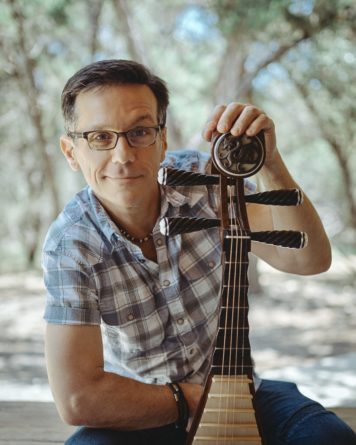
Jesse Bereta: I’m interested in how you came into composing music for TV and film?
Carl Thiel: How I started composing music? It’s kind of a long story. I actually started writing music at an early age. I started learning piano at age six. And, I started writing music at about ten or eleven, just for fun. My dad was a concert pianist, so music was always a part of my life. Although, I never really imagined music being an income source. I always thought it would be a nice hobby. What I really wanted to do was direct. I wanted to be a director. So, I went to college to study radio, TV, and film all the while playing music with bands, and recording music for fun, and doing that kind of thing.
Right around the second or third year of college, I got invited to start working as an intern in different productions. For commercials and films that were being shot in the area where I was going to college. I did a lot of that for a while. While I was doing that I got to meet a lot of the producers and directors that were making the decisions as to who was going to be doing the music for these commercials. It kind of dawned on me, it’s like, “I could do that”. So, I put together a demo reel of some radio commercials that I made up, and I made music to them. I passed it around to different people, and eventually, someone gave me a shot.
It was a really low-budget commercial. One of those fly-by-nights, overnight commercials- kind of questionable. But I got paid. I got paid to write music for it. When I saw it on tv, and I realized, “Hey, that’s my music playing,” I was hooked. I really felt fulfillment in that. So, I did more commercials for that company which eventually opened the door to more reputable agencies. I ended up doing more, first regional commercials, eventually national stuff for Subaru, Walmart, Volkswagen, Coors Lite, and the sort. That was really good training for me for- well, first of all, to write music for picture; secondly, to be quick, be creative on demand, and thirdly to be versatile, style-wise. Cause, one day they would ask me to do the Polka for a commercial, and the next day they would ask me to do an orchestral thing for a car commercial. I learned a lot of different styles, and to be proficient in as many as I could. Which laid the groundwork for me to do more longer format stuff. I eventually started doing some documentaries and corporate videos. That lead to feature films and television. That’s kind of the progression.
JB: And, you’ve had quite a successful career.
CT: Yes, that’s right. I’ve enjoyed everything that I have done so far. So, hopefully, there is more to come.
JB: That all lead you to the new Netflix series coming out in October, Seis Manos. How did you get involved with the project?
CT: Well, I had done some work with Powerhouse Animation in the past, which is the company that is producing Seis Manos. This was many years ago, we were doing some children’s book adaptations to video. It was animation that Powerhouse was doing. I was friends with the book author, and that is how I got involved with that particular project. That’s how I met Brad Graeber and the rest of the folks at Powerhouse Animation. When they had the concept of doing the Seis Manos project- this was a few years ago actually- they called on me to put together some music for a concept video that they had done. So, I scored that. They pitched it for a while, we caught some interest at the time, but it wasn’t quite ready for the time. Eventually, a couple of years later, Castlevania comes out, and it’s a huge success. So, Netflix approaches Powerhouse and is like “what else you got?” Of course, Seis Manos was there. It’s actually Brad Graeber’s baby, he’s been nurturing that project for many years. Now that Netflix had an interest, we put together something more substantial for them. That’s how I initially got involved with it.
What was interesting about it was, when we first did the original demo I had written a piece over there, and it was a very different sound then the sound I am using now. When we got the revised scripts and the new characters and all these kind of things, the characters had evolved considerably over the course of a few years. The vibe and the look of the show were very different from that original demo. I went back to listen to what I had written originally, and it didn’t quite fit the new look and the new vibe. But, there was one little motif, a little flute figure that I had put in there incidentally that stuck in my head. So, I decided to use that as the basis for the new theme for the show. I fleshed out the theme for them for the opening sequence. That was the first thing that I wrote for the show based on that particular motif, and it worked out great.
JB: That’s interesting. You said that you had worked with a little animation before, is there a different approach you take when writing music for animation compared to live-action?
CT: Yeah, I think so. Because, when you’re dealing with live actors, you can see their interactions with their environment. You can see their skin interact with the air. You can see them sweating. You can see every little twitch of the eye. There is a lot of information that is being transmitted emotionally from just looking at the actor himself. In animation, you have to add a lot of that emotion with music to help tell the story. So, music, I believe, takes a more upfront stage in animation then it does in live-action. It carries a little bit more of the emotional weight. If that makes sense.
JB: That makes sense, for sure. The story mostly in Mexico, where you’re from.
CT: That’s right. It’s a period piece that takes place in a small town in Northern Mexico, near the border. And, it takes place in the ‘70s, so it’s kind of a period piece. Which is a lot of fun. But, of course, it has a lot of Chinese elements added to it because it’s a story about three Mexican orphans that get adopted by a Chinese Kung Fu master. So, you can imagine the dichotomy of styles and cultures that are involved in that. We have a DEA agent that comes in from the states to investigate some things that are going on. We have some drug cartels that are happening, the antagonist is the drug cartel boss, and he does an amazing job. Really, musically it was a lot of fun to put together elements for all of those different characters.
JB: Were you excited that it was in Mexico. Like, I’m from Canada, and it’s so rare to find any shows that happen in Canada because of the Americanization of mainstream media. So, was that an exciting thing for you?
CT: It was really fun. Growing up in Mexico, I was already exposed to so much of the different musical culture and the richness of the different styles that are intermixed in the culture there. So, it comes natural for me to write music that comes from that region. And also, from the ‘70s, cause I grew up in the ‘70s. It was a fun look back at some of the music that I used to grow up with.
JB: One of the things that has been highly anticipated about Seis Manos is that all the individual characters are supposed to have unique fighting styles. Did you have to take that into account when creating music for each of the characters?
CT: Not for the Seis Manos, I kind of had a particular theme that worked for all three of them. But, I will tell you that Brad Graeber he is actually a black belt. He is a major fanatic of martial arts. So, he was very meticulous to make sure that every move that they made, every grunt that they gave, was true to the discipline that they were trained in. So, if you want to learn anything about martial arts, this would be a good shot to observe. Because all of their movements are very meticulously catered to their craft.
JB: Did you have a favourite character?
CT: Oh, that’s a hard one. They’re all so good. What I love about it is it’s really an ensemble cast. The voices are incredible. All the actors that voiced them were amazing. Now that I see them as animated characters, I just can’t pick them off my head. I’m marrying the voice with the character. As far as favourite characters, Isabella is pretty amazing. She’s the leader of the three Manos, she’s kind of the moral compass of the three. I tend to like her for that. But, Jesus is also so much fun, he’s like the cheery- he just wants everyone to get along, and he’s always goofy. He brings the comic relief to the whole show. And, he’s always drinking which kind of makes for a cheery fellah. And, Chui, he’s a very angry character. He carries a lot of resentment for something that happened to him in his childhood. He’s kind of a hard onion to peel, and he has a really intense energy. So, it’s hard to discern which one would be my favourite, I love them all for different reasons.
JB: That’s fair enough. So, obviously, you’ve seen the series before the rest of us. Did you want to share your spoiler-free review?
CT: Haha, I can’t give you any spoilers, because I’d get in trouble. But it’s an awesome series. There’s, of course, a lot of kung fu, a lot of violence, and those kinds of things, you’ve probably seen some of the previews that are out there right now. But, the stories are really well-crafted. Alvaro Rodriguez and Daniel Dominguez, they did a fantastic job at really developing a very engaging story that is really hard-driven. There’s a lot of love that these characters have for each other and a lot of passion for seeking the truth. It’s very easy to get involved in the adventure. It’s very engaging. And, to me, that’s very important and what makes a good show.
JB: You seem really excited about this. Can we anticipate that you will be doing more animated series’ like this in the future?
CT: Yeah, I actually had a lot of fun doing this. Like I said, with animation, you can kind of take a little more of a front stage with the music. You can get away with a lot more, more melodic, thematic scores that you can’t usually with live-action projects. For me, it was a lot of fun. The fact that they gave me the freedom to explore, doing a lot of live instrumentation. We recorded a twenty-six piece string orchestra in Budapest. We recorded a lot of authentic, ethnic instrumentations from China and from Mexico. It was just so much fun to do that. Particularly that I had to explore all of these different styles and all these different cultures. It kind of expanded my musical palette. So, for me it was a wonderful experience, absolutely I would love to do more.
JB: You were saying that there are a lot of elements from China and America. Did you incorporate many authentic instruments into the music?
CT: Absolutely. Before I even started writing the music, once I knew that I would be doing this, I went ahead and bought a guzheng harp. Which is a pentatonic harp, a tabletop horizontal that is an ancient Chinese instrument. It has a particular scale that is pentatonic that is used in a lot of Chinese music. For me, it was a great inspiration to come up with melodies using that harp. I also hired a fantastic flute player that was an expert in bamboo Chinese flutes. Those are very indicative of the Chinese culture. And the way that this guy plays- he brings all of my melodies to life in a way that I couldn’t possibly have done. So, I tried to be as authentic as I could with the instrumentation and approach to melody. And, on the Mexican side, of course, I bring half of that experience. I have a lot of friends in Austin that are fantastic musicians that can provide that instrumentation and that flavour. You’ll hear, once you get the soundtrack and you see the show there is a lot of distinctive cultural musical backgrounds throughout.
JB: I’ll be paying attention, for sure. It’s interesting to have a chance to talk to the composer before the show.
CT: It’s a different role. It’s funny how a lot of people don’t even consider the fact that music is being written for a show. If you are doing your job right, people won’t even notice it.
JB: Any other projects coming down the pipeline?
CT: Well, I have a couple of things in the works, nothing I can officially share at the moment, but I will be happy to as soon as I am given the green light to do that. I always tell my friends that they can follow me on social media, I always make announcements there. I’m on Twitter @cutmasta and on Instagram @carl.theil
This interview has been edited and condensed for clarity purposes.
Seis Manos Streams on Netflix on October 3rd.


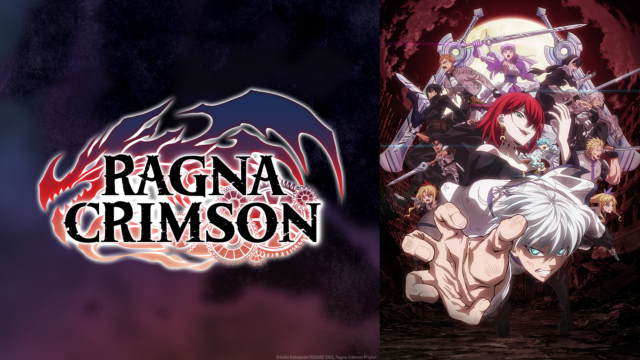

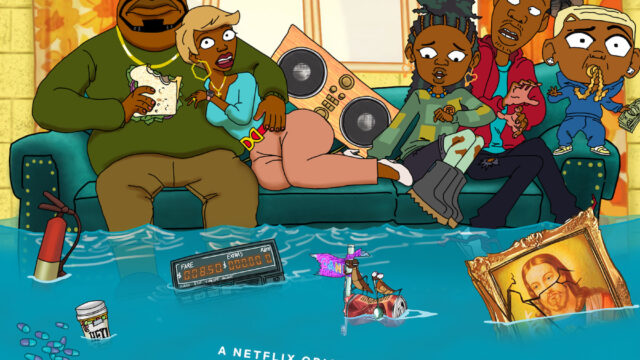
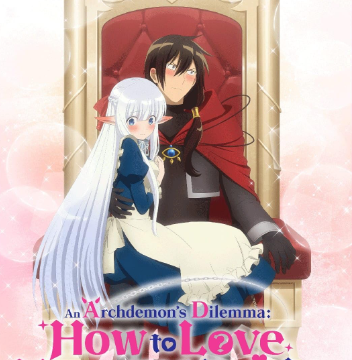

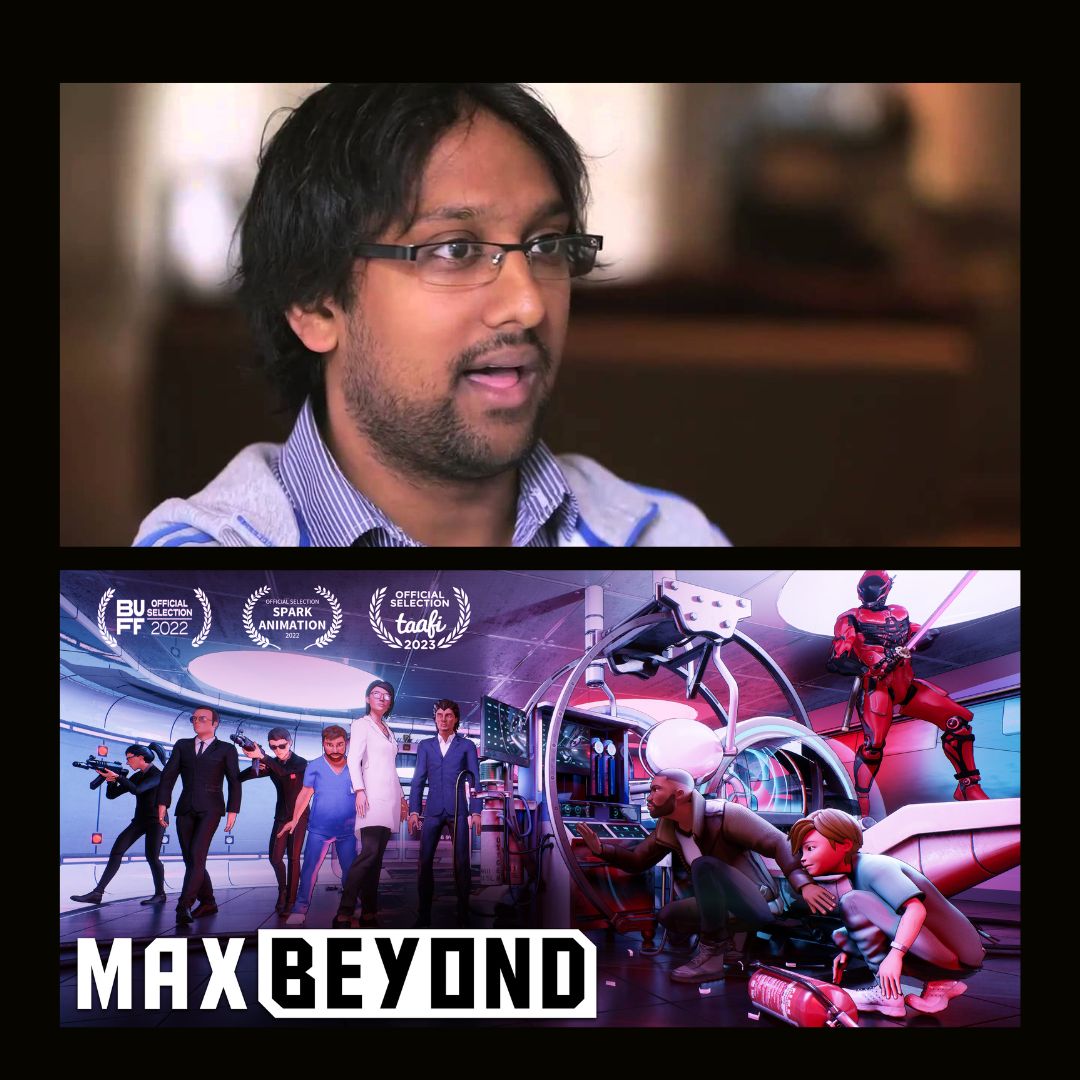



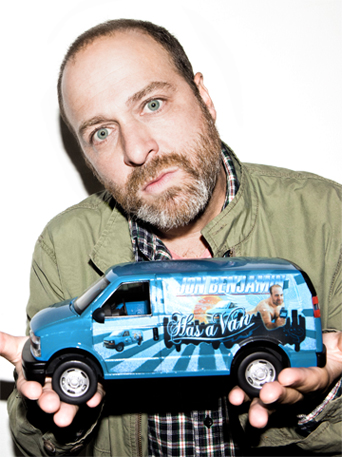















Hi Ashley, thank you so much for reading and we love the feedback. Note that on that day we had 14th posts go up and only ten posts show on the front page, so it's possible the preview had already been archived by the time you got to it. One recommendation would be to add our RSS feed to your favorite news aggregator service like Feedly, this way you get all of the latest posts!